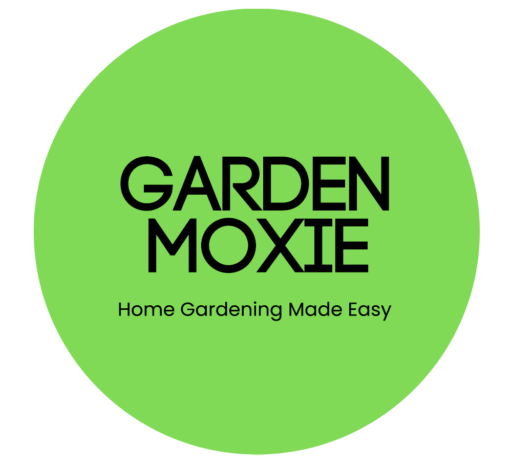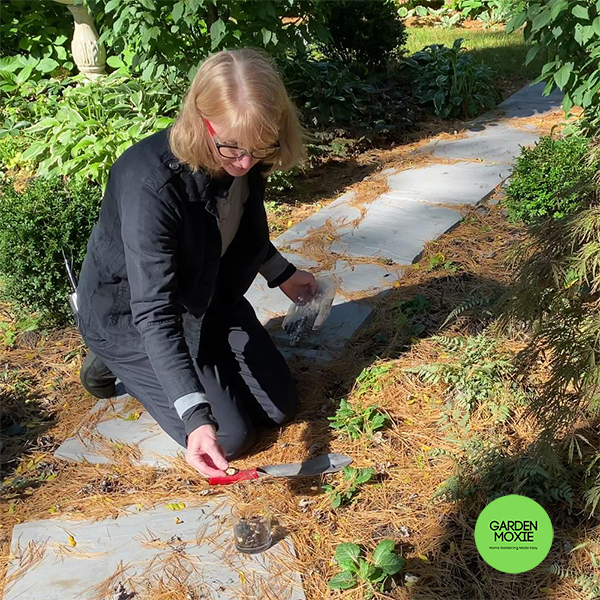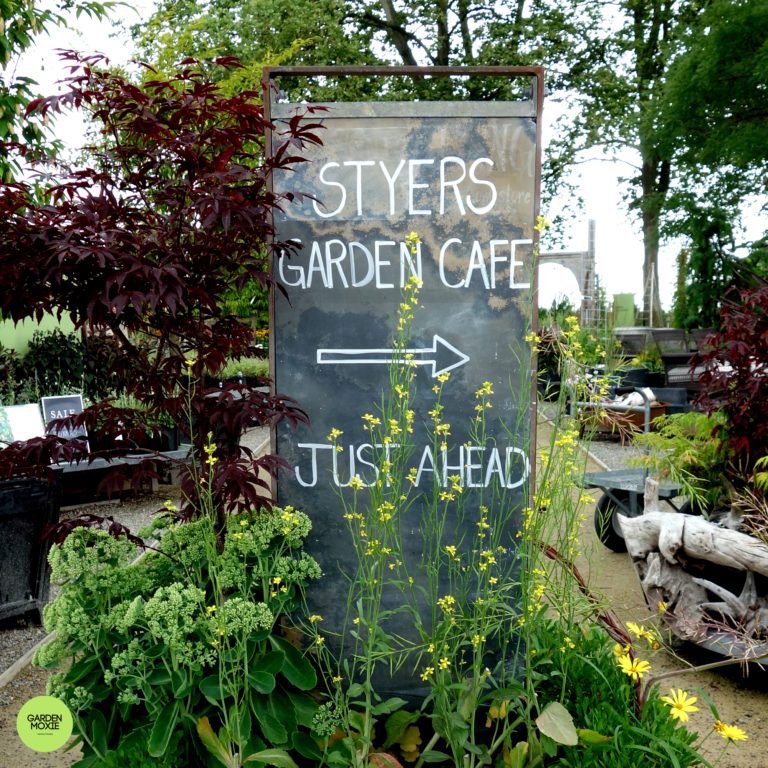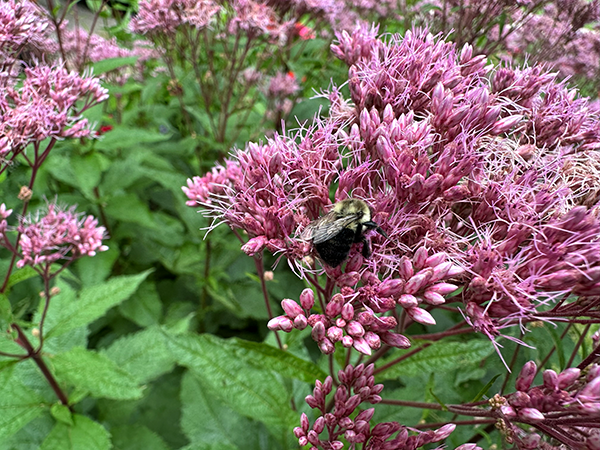4 Timeless Garden Design Elements to Transform Your Midwest Garden
Have you ever stepped into a garden and instantly felt like you’d entered a magical new world? A place where the noise and chaos of daily life fade away, and all that matters is the beauty around you?
If you’ve experienced this feeling, you know how incredible it is. Gardens have a unique power to transport us, and it’s something we’ve been longing for, especially as life gets busier.
Over the past year, I’ve spent a lot of time diving into old gardening books and exploring photos of historic gardens to learn garden design tips to transform our Midwest gardens.
Those gardeners really knew how to create something special. I’ve discovered four key garden design elements that can transform any Midwest yard into a charming retreat you’ll never want to leave.
Garden Design Tips You Need To Try
The Art of Seclusion
In historic gardens, creating a sense of privacy was a key part of their design. They understood something many of us overlook today—that a garden should feel like a secret haven. Hidden away from the noise of daily life.
It’s not always about building high walls or fancy hedges; sometimes, all you need is a carefully placed flowering vine on a trellis or a cozy corner tucked away with oversized plants or small trees.
In my own garden, I’ve made sure to have a spot where I can escape the everyday stresses of life. Whether it’s to sit with a good book or sip my morning coffee in peace, having a private space is a luxury.
While I was reading Vita Sackville-West’s book In Your Garden, I couldn’t help but laugh at how much times have changed. She once wrote that American gardeners didn’t share her love for hedges, and some even thought planting them was “undemocratic.” Imagine that!
While we might not always have the budget or freedom (thanks, HOAs!) to plant tall hedges, we can still create secluded nooks that make our gardens feel like personal retreats.
Your Garden Should Reflect Your Personality
The second design element that’s essential for creating a unique garden is making sure it reflects your personality.
Your garden should be a place that tells your story and feels like an extension of you. In his book Design in the Little Garden, Fletcher Steele writes,
The first object in home building is not, however, to make the place attractive to the neighborhood at the expense of personal comfort and conveniences.
This idea really resonates with me!
Too often, we get caught up in what’s popular or what will impress our neighbors. But a truly special garden is one that includes the things that matter to you—things that make you happy.
I was recently inspired during a visit to Fleur Detroit, a gorgeous garden store with a courtyard filled with garden furniture, containers, and decor. It was simple, yet stunning and you can learn a lot about garden design from studying this space.
The space wasn’t just about the items; it was about how they were arranged to create a sense of charm and harmony.

This winter, I took a hard look at my own patio, which had turned into a bit of a junkyard. Inspired by Fleur Detroit’s beautiful display, I made an effort to clean up my patio and turn it into a space I can enjoy year-round.
Whether it’s adding personal touches like unique garden statues or a homemade shrine, these elements make a garden feel truly special. After all, it’s your space—make it your own!
Use The Transitional Spaces in Your Garden
We all have those awkward spaces in our gardens—the narrow side yard, or the area between the front and back yard. But guess what? Beautiful gardens never waste an inch of space.
One thing I’ve noticed in historic gardens is how creatively they use these transitional spaces. Rather than leaving them empty or forgotten, gardeners incorporate trees, plants, and even decorative items to make these areas feel as special as the rest of the garden.
For example, I’ve worked on transforming my side yards. Even though they’re simply transitions between the front and back garden, I’ve used them to add beauty and interest with planters, decorative trees, and a bit of garden art. You don’t have to spend a lot of time in these areas for them to be impactful. Maximizing your space, no matter how small, is a great way to elevate your entire garden.
Think Vertically and Use Height to Your Advantage
Finally, one of the most important design lessons I’ve learned this year is the power of vertical gardening. If you’re not taking advantage of vertical space, you’re missing out on a huge opportunity to transform your garden.
Historic gardeners were brilliant at using every inch of space, including the height. From climbing vines on trellises to hanging baskets and even planting on vertical structures, they understood that layering adds depth and interest to any garden.
Vertical elements can truly change the way your garden looks. A simple trellis with a climbing vine like a pink Clematis or a wisteria can add instant charm and make a flower border stand out. Take a look at images from Barnsley House’s gardens to see how their use of vertical space creates drama and elegance. Adding height through trellises or arbors not only beautifies the garden but also gives it a more luxurious feel.
Creating Your Own Magical Garden
Incorporating these four garden design elements—creating seclusion, making your garden reflect your personality, designing the transitional spaces and thinking about vertical layers—can totally transform your yard into a unique and magical retreat. Remember, garden design doesn’t need to be complicated or costly. It’s about using what you have creatively, adding personal touches, and making sure your garden feels like a place where you can escape, relax, and connect with nature.
If you’re ready to make your garden a space you’ll never want to leave, start by focusing on these key elements. Take inspiration from history, but make it your own. Whether you’re working with a small backyard or a sprawling landscape, these timeless garden design ideas will help you create a space that feels magical and truly yours.
What do you think about these design elements? Have you used any of them in your garden? I’d love to hear your thoughts and ideas—drop a comment below!
Happy Gardening!











